Pirelli boss Isola explains jump in compounds for Austin and Mexico City weekends
A step between tyre compounds will add another element to the mix for drivers and teams at the upcoming United States and Mexico City Grands Prix.
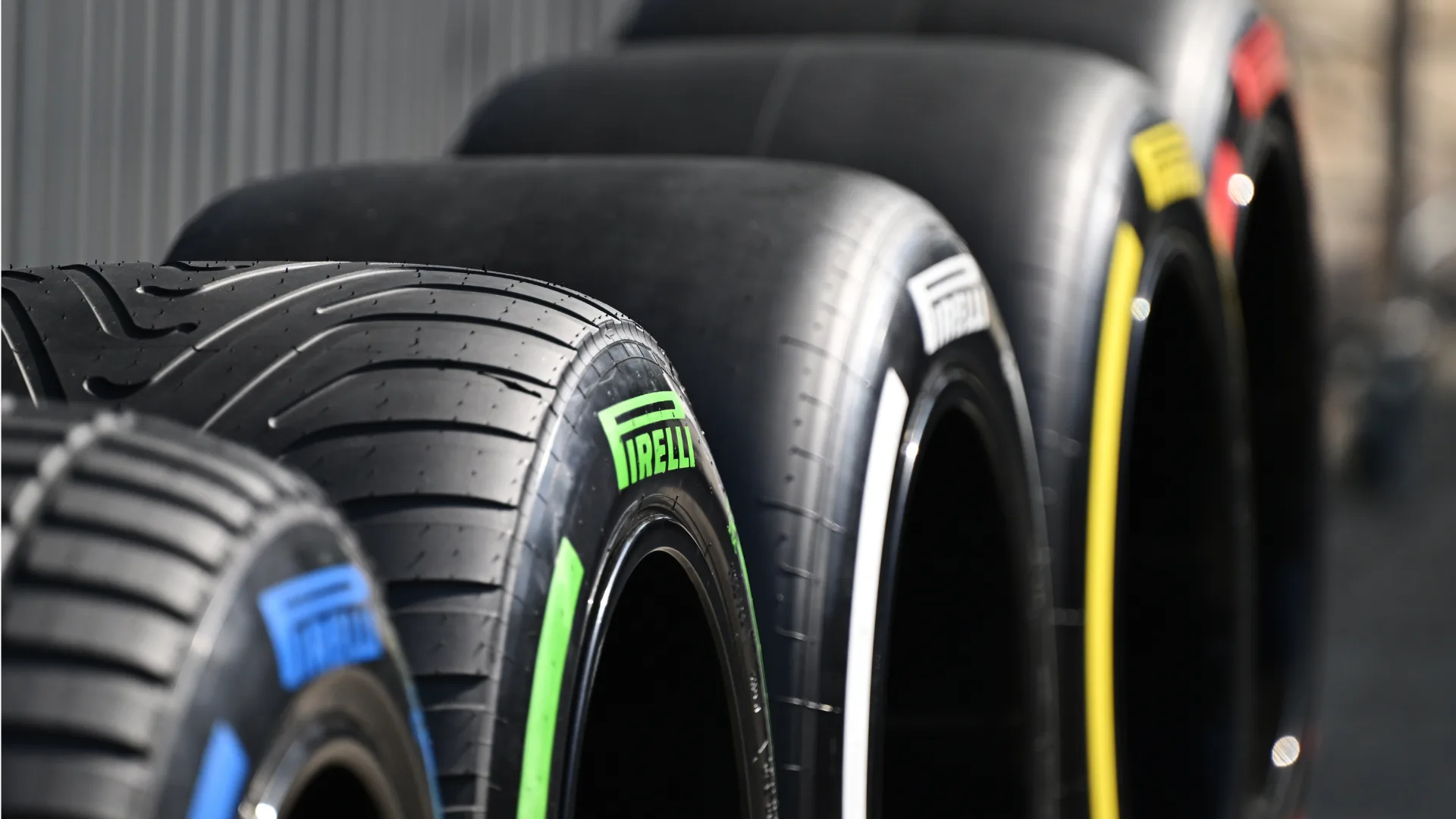
Pirelli Director of Motorsport Mario Isola has explained the thinking behind the manufacturer’s split tyre compound choices for the next two rounds of the season in the United States and Mexico, with the move aimed at mixing up race strategies.
Austin is the second venue that Pirelli are bringing non-consecutive compounds to this season (the last being Spa-Francorchamps for the Belgian Grand Prix), and the available tyres will again be the C1 as the hard, the C3 as the medium and the C4 as the soft.
A week later in Mexico City, the Italian supplier will provide the C2 as the hard, the C4 as the medium and the C5 as the soft, given the different characteristics and demands of the Circuit of The Americas and the Autodromo Hermanos Rodriguez.
It compares to the traditional method of Pirelli picking three consecutive compounds out of their slick-tyre range: in 2025, from hardest to softest, that being the C1, C2, C3, C4, C5 and C6.
Speaking after those choices were confirmed, Isola opened up on Pirelli’s goals with the step approach and what was learned from the first test in Belgium – even if adverse weather conditions impacted the weekend.
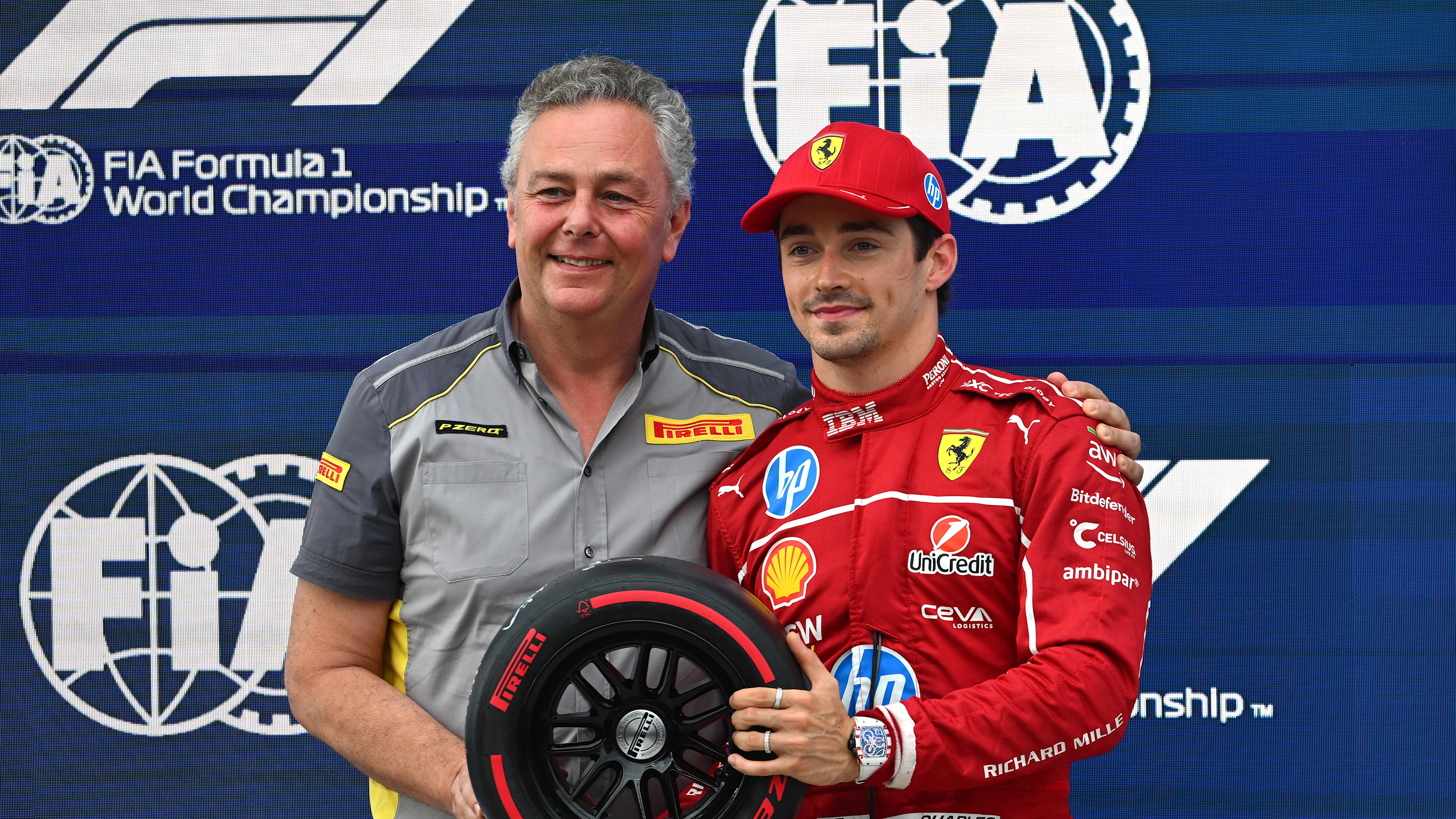
“It’s difficult to come to a conclusion for Spa where we had the weather that was not helping at all, but I believe the idea was good, and that’s why we decided to have the same approach for Texas and Mexico where we skip a compound between hard and medium,” said Isola.
“Basically, the target is always the same: to have a variation in strategies and to have teams planning a one-stop or two-stop, so different approaches to the race.
“We made some simulations, and we believe that creating a bigger gap between the hard and the medium means that if one team wants to use the hard and target a one-stop race, they are penalised by a slower tyre. While if a team wants to be aggressive, and that means moving to a two-stop strategy, at that time you can use the medium and the soft that are faster.
“So, this is the approach, and for Mexico and Austin we believe we can try this solution again.”
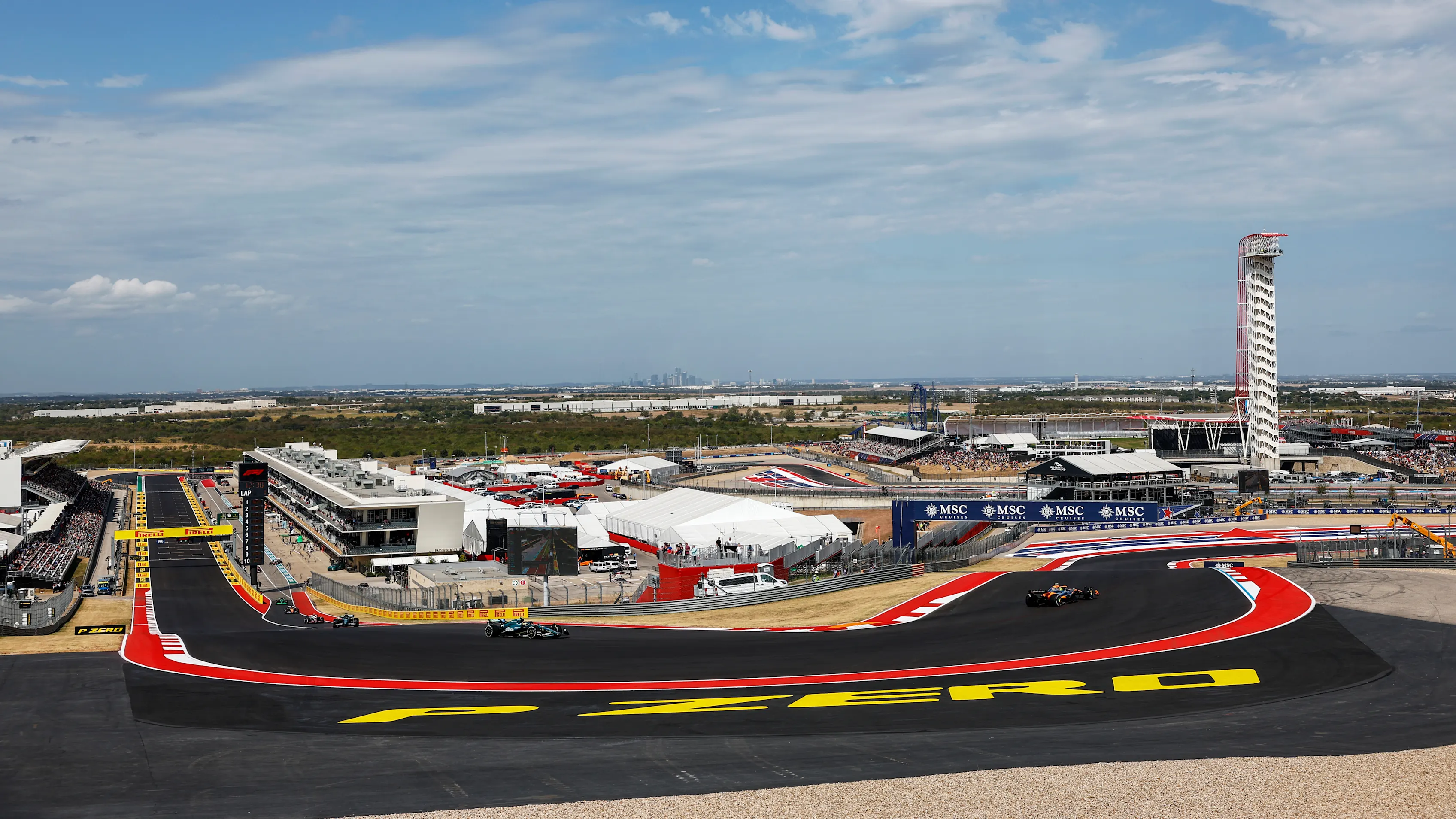
Elaborating on that belief, and why Austin and Mexico City were chosen as the next two events with a jump in compounds, Isola continued: “Because of the simulation we were running with our modelling department that is telling us the two-stop strategy is slightly quicker than the one-stop.
"Usually, if you have a one-stop and two-stop that are very close in terms of total race time, the teams choose a one-stop. They don’t want to take a risk of an additional pit stop, traffic or a mistake during the stop, so they move in a natural way towards a one-stop race.
“That means in Mexico and Texas we have a simulation telling us the two-stop is a few seconds quicker.”
First practice for the United States Grand Prix, which features the Sprint format, will get under way at 1230 local time on Friday.
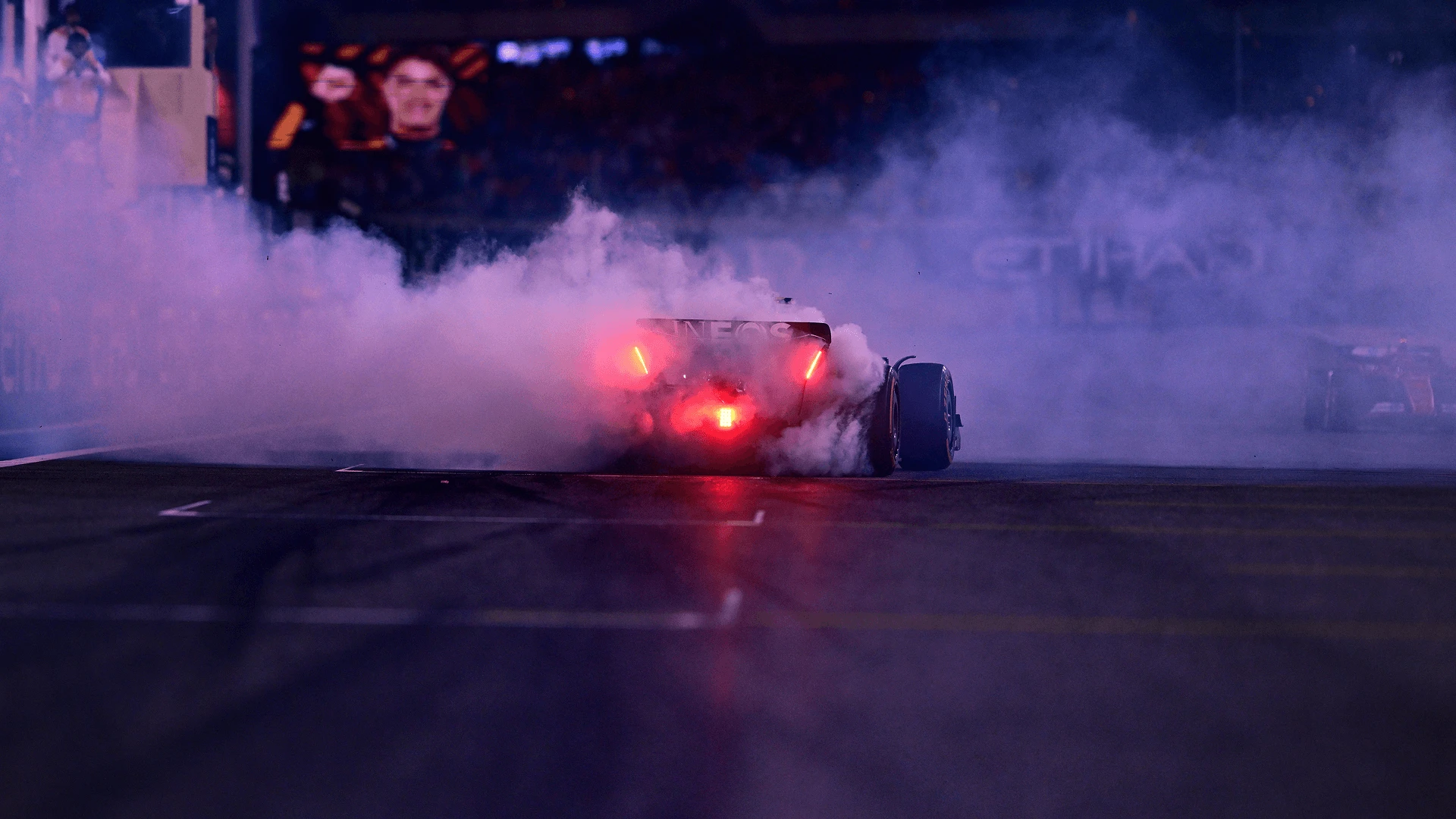
Next Up
Related Articles
 Antonelli laments late mistake in losing place to Norris
Antonelli laments late mistake in losing place to Norris Fornaroli joins McLaren Driver Development Programme
Fornaroli joins McLaren Driver Development Programme FIA post-race press conference – Qatar
FIA post-race press conference – Qatar Tech WeeklyThe key technical factor that’s aided Verstappen’s title bid
Tech WeeklyThe key technical factor that’s aided Verstappen’s title bid.webp) Monday Morning DebriefDid Red Bull have more pace despite McLaren's error?
Monday Morning DebriefDid Red Bull have more pace despite McLaren's error?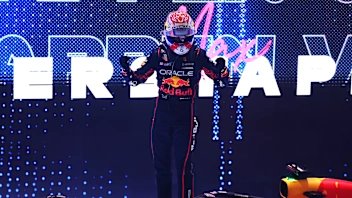 Verstappen wins Qatar GP as title battle goes to Abu Dhabi
Verstappen wins Qatar GP as title battle goes to Abu Dhabi